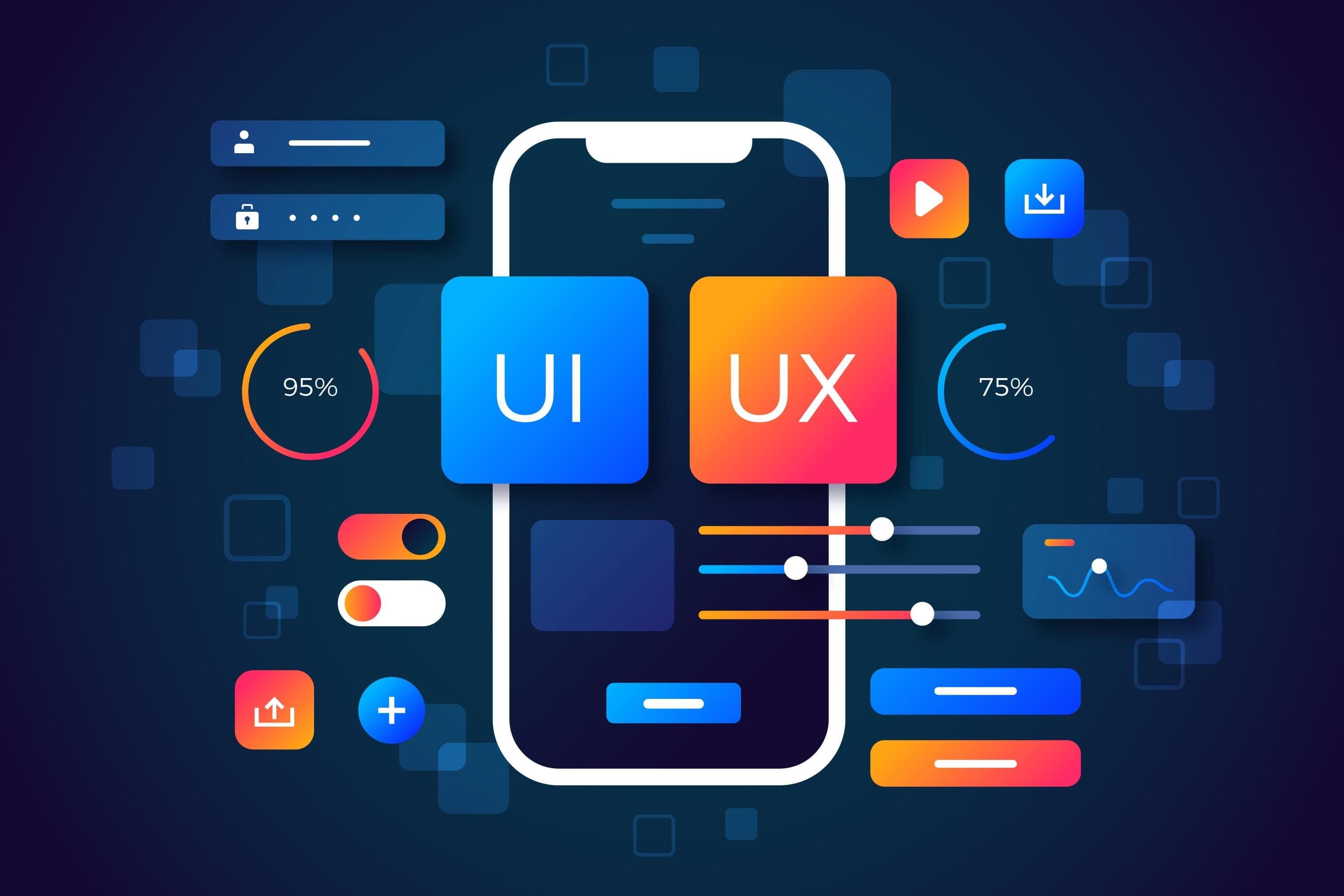
I am often asked, especially at the beginning of a project: — You are doing UX there, aren't you? The main thing is that it looks good. Alexander, technical manager for IT product support.
And every time I sigh. Because no, UX is not about "looking good". UX is about "not painful". It doesn't hurt to use, it doesn't hurt to search, it doesn't hurt to pay, it doesn't hurt to close the application, because you got what you came for.
Working with dozens of products — from online stores to CRM, from mobile applications to complex B2B platforms — I realized: good UX is when the user doesn't feel suffering, and the business doesn't lose money for no reason.
Beauty, of course, hasn't been canceled. But that's secondary. Beauty is about brand, style, aesthetics. And UX is about how easily you move towards your goal. UX is when it doesn't irritate you.
Broken Roads of a Beautiful City
One of the projects we worked on in 2023 was just that: “beautiful”. Excellent graphic design: polished fonts, colors with feeling, layout under the ruler. The client was happy - until the beta started.
Users were confused. People could not find how to proceed to payment. Refunds were growing. The data in Google Analytics was depressing: CTR for the main buttons was below the baseboard, the number of abandoned carts was through the roof.
Visually, everything was “like Apple”. But the product worked like a maze with no exit. We asked to conduct a live session: give the user a task - “buy the product and pay”.
At the 3rd minute, the user said: I don’t understand where the “Buy” button is. I feel like I'm stupid.
This was the moment of truth. A product that should evoke a feeling of pleasure caused shame and irritation in people. Because the navigation is illogical, because the names of the buttons are “smart” but unclear, because the registration form has 7 fields, and the “OK” button is called “Start the journey”.
We started to rework.
The pain point is where UX lives
UX is not an abstract discipline. It is the engineering of human pain. We look for where the user is uncomfortable and remove it. We ask not “is it beautiful”, but “is it convenient at 23:47, on the phone, with one eye and one hand”.
UX is not about how a designer sees the world. It is about how a person looks for the right button when his youngest son is screaming, and there is coffee in the other hand.
UX is not only about screens. It is about the behavior of the product. What does it do if the Internet is down? What will it show if the user forgot the password? How will it explain the error?
I call this the “peripheral vision” of UX: not the main features, but all the “what ifs”. They are the ones that make the experience either smooth or painful.
Why should this matter to businesses
I always try to convey one simple idea to customers: good UX reduces the cost of support.
The more confusing the interface, the more requests for support. The more returns, errors, and, ultimately, the lower the user satisfaction. This is real money.
One of our clients, after redesigning their personal account, reduced the support load by 40%. Simply because we made the password change form simple, transparent, with real-time validation and clear messages. Instead of: "Error: Incorrect field" we wrote: "The password must contain at least one digit, one uppercase letter, and be longer than 8 characters. Currently, yours is 6 characters, without digits or uppercase letters."
This is UX.
When you work in support, you see the real consequences of bad UX every day. You catch bugs that wouldn't exist if the user understood them. You close tickets with "where is this and where is that" instead of implementing features. UX is not a trendy term. It is insurance against unnecessary pain. For the user and for the team.
UX is respect
A good user experience is not about showing off or decorations. It is a manifestation of respect for the person who chose your product.
When we think about UX, we think about a person. About their time, their attention, their context. Therefore, when we take on a project for support, we look at UX not from the position of "does it look fresh", but from the position of "does the user suffer".
We ask questions:
- Why are there so many steps?
- Are they really necessary?
- And if the person doesn't understand, what will happen?
We don't just draw buttons. We support the product, and this means we support the user on their journey. And our task is to make this path direct, clear and not irritating.
Instead of a conclusion
When you hear "UX", don't think about beauty. Think about pain. And the lack of it. Because "beautiful" won't save you if a person can't find the button. But "not painful" is a real "thank you" from the user. Even if he doesn't write it, you'll hear it. In silence. In the fact that he stayed.
And if he stayed, it means there was UX.